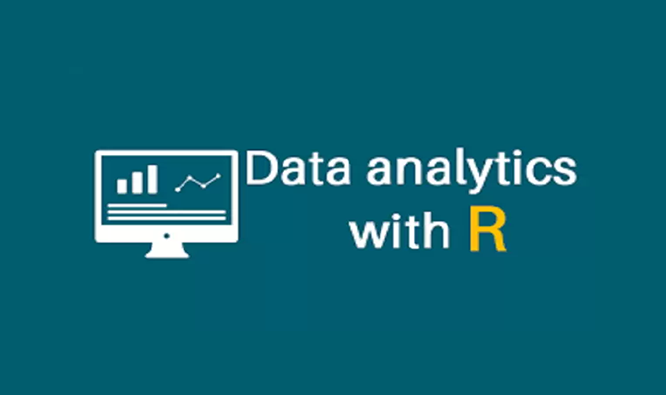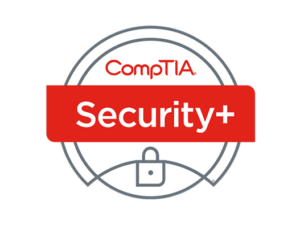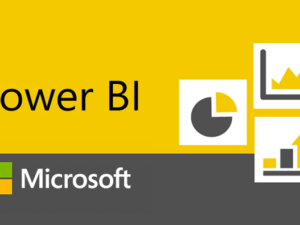Certs Learning’s Data Analytics with R training course is specially designed to provide the requisite knowledge and skills to become a successful analytics professional. It covers concepts of Data Manipulation, Exploratory Data Analysis, etc before moving over to advanced topics like the Ensemble of Decision trees, Collaborative filtering, etc.
Data Analytics with R Certification Training
- Description
- Curriculum
- FAQ
- Reviews

After the completion of the Certs Learning Data Analytics with R course, you should be able to:
1. Understand concepts around Business Intelligence and Business Analytics
2. Explore Recommendation Systems with functions like Association Rule Mining , user-based collaborative filtering and Item-based collaborative filtering among others
3. Apply various supervised machine learning techniques
4. Perform Analysis of Variance (ANOVA)
5. Learn where to use algorithms – Decision Trees, Logistic Regression, Support Vector Machines, Ensemble Techniques etc
6. Use various packages in R to create fancy plots
7. Work on a real-life project, implementing supervised and unsupervised machine learning techniques to derive business insights
The Data Analytics with R training certifies you in mastering the most popular Analytics tool. “R” wins on Statistical Capability, Graphical capability, Cost, rich set of packages and is the most preferred tool for Data Scientists.
Below is a blog that will help you understand the significance of R and Data Science: Mastering R Is The First Step For A Top-Class Data Science Career
Having Data Science skills is a highly preferred learning path after the Data Analytics with R training. Check out the upgraded Data Science Course
This course is meant for all those students and professionals who are interested in working in analytics industry and are keen to enhance their technical skills with exposure to cutting-edge practices. This is a great course for all those who are ambitious to become ‘Data Analysts’ in near future. This is a must learn course for professionals from Mathematics, Statistics or Economics background and interested in learning Business Analytics.
The pre-requisites for learning ‘Data Analytics with R’ includes basic statistics knowledge. We provide a complimentary course “Statistics Essentials for R” to all the participants who enroll for the Data Analytics with R Training. This course helps you brush up your statistics skills.
-
1Introduction to Data Analytics
Learning Objectives - This module introduces you to some of the important keywords in R like Business Intelligence, Business Analytics, Data and Information. You can also learn how R can play an important role in solving complex analytical problems. This module tells you what is R and how it is used by the giants like Google, Facebook, Bank of America, etc. Also, you will learn use of 'R' in the industry, this module also helps you compare R with other software in analytics, install R and its packages.
Topics - Introduction to terms like Business Intelligence, Business Analytics, Data, Information, how information hierarchy can be improved/introduced, understanding Business Analytics and R, knowledge about the R language, its community and ecosystem, understand the use of 'R' in the industry, compare R with other software in analytics, Install R and the packages useful for the course, perform basic operations in R using command line, learn the use of IDE R Studio and Various GUI, use the ‘R help’ feature in R, knowledge about the worldwide R community collaboration.
-
2Introduction to R Programming
-
3Data Manipulation in R
Learning Objectives - In this module, we start with a sample of a dirty data set and perform Data Cleaning on it, resulting in a data set, which is ready for any analysis. Thus using and exploring the popular functions required to clean data in R.
Topics - The various steps involved in Data Cleaning, functions used in Data Inspection, tackling the problems faced during Data Cleaning, uses of the functions like grepl(), grep(), sub(), Coerce the data, uses of the apply() functions.
-
4Data Import Techniques in R
Learning Objectives - This module tells you about the versatility and robustness of R which can take-up data in a variety of formats, be it from a csv file to the data scraped from a website. This module teaches you various data importing techniques in R.
Topics - Import data from spreadsheets and text files into R, import data from other statistical formats like sas7bdat and spss, packages installation used for database import, connect to RDBMS from R using ODBC and basic SQL queries in R, basics of Web Scraping.
-
5Exploratory Data Analysis
Learning Objectives - In this module, you will learn that exploratory data analysis is an important step in the analysis. EDA is for seeing what the data can tell us beyond the formal modeling or hypothesis. You will also learn about the various tasks involved in a typical EDA process.
Topics - Understanding the Exploratory Data Analysis(EDA), implementation of EDA on various datasets, Boxplots, whiskers of Boxplots. understanding the cor() in R, EDA functions like summarize(), llist(), multiple packages in R for data analysis, the Fancy plots like the Segment plot, HC plot in R.
-
6Data Visualization in R
Learning Objectives - In this module, you will learn that visualization is the USP of R. You will learn the concepts of creating simple as well as complex visualizations in R.
Topics - Understanding on Data Visualization, graphical functions present in R, plot various graphs like tableplot, histogram, Boxplot, customizing Graphical Parameters to improvise plots, understanding GUIs like Deducer and R Commander, introduction to Spatial Analysis.
-
7Data Mining: Clustering Techniques
Learning Objectives - This module lets you know about the various Machine Learning algorithms. The two Machine Learning types are Supervised Learning and Unsupervised Learning and the difference between the two types. We will also discuss the process involved in 'K-means Clustering', the various statistical measures you need to know to implement it in this module.
Topics - Introduction to Data Mining, Understanding Machine Learning, Supervised and Unsupervised Machine Learning Algorithms, K-means Clustering.
-
8Data Mining: Association Rule Mining
Learning Objectives - In this module, you will learn how to find the associations between many variables using the popular data mining technique called the "Association Rule Mining", and implement it to predict buyers' next purchase. You will also learn a new technique that can be used for recommendation purpose called "Collaborative Filtering". Various real-time based scenarios are shown using these techniques in this module.
Topics - Association Rule Mining, User Based Collaborative Filtering (UBCF), Item Based Collaborative Filtering (IBCF)
-
9Linear and Logistic Regression
Learning Objectives - This module touches the base of 'Regression Techniques’. Linear and logistic regression is explained from the basics with the examples and it is implemented in R using two case studies dedicated to each type of Regression discussed.
Topics - Linear Regression, Logistic Regression.
-
10Anova and Sentiment Analysis
Learning Objectives - This module tells you about the Analysis of Variance (Anova) Technique. The algorithm and various aspects of Anova have been discussed in this module. Additionally, this module also deals with Sentiment Analysis and how we can fetch, extract and mine live data from Twitter to find out the sentiment of the tweets.
Topics - Anova, Sentiment Analysis.
-
11Data Mining: Decision Trees and Random Forest
Learning Objectives - This module covers the concepts of Decision Trees and Random Forest. The algorithm for creation of trees and classification of decision trees and the various aspects like the Impurity function Gini Index, Pruning, Entropy etc are extensively taught in this module. The algorithm of Random Forests is discussed in a step-wise approach and explained with real-life examples. At the end of the class, these concepts are implemented on a real-life data set.
Topics - Decision Tree, the 3 elements for classification of a Decision Tree, Entropy, Gini Index, Pruning and Information Gain, bagging of Regression and Classification Trees, concepts of Random Forest, working of Random Forest, features of Random Forest, among others.
-
12Project Work
Learning Objectives - This module discusses various concepts taught throughout the course and their implementation in a project.
Topics - Analyze census data to predict insights on the income of the people, based on the factors like: age, education, work-class, occupation using Decision Trees, Logistic Regression and Random Forest. Analyze the Sentiment of Twitter data, where the data to be analyzed is streamed live from twitter and sentiment analysis is performed on the same.
View the recorded session of the class available in your LMS.
You can attend the missed session, in any other live batch."







